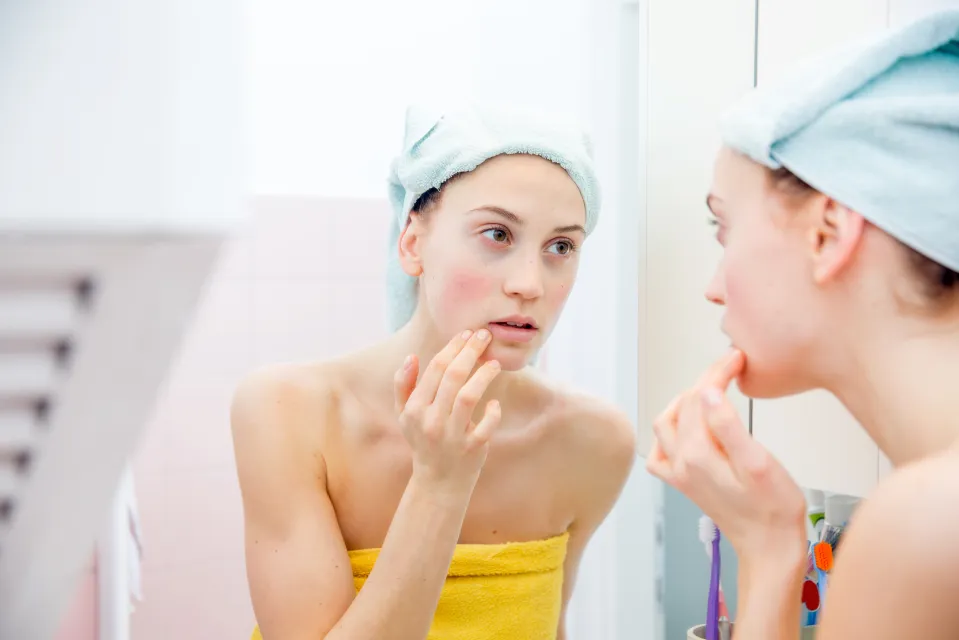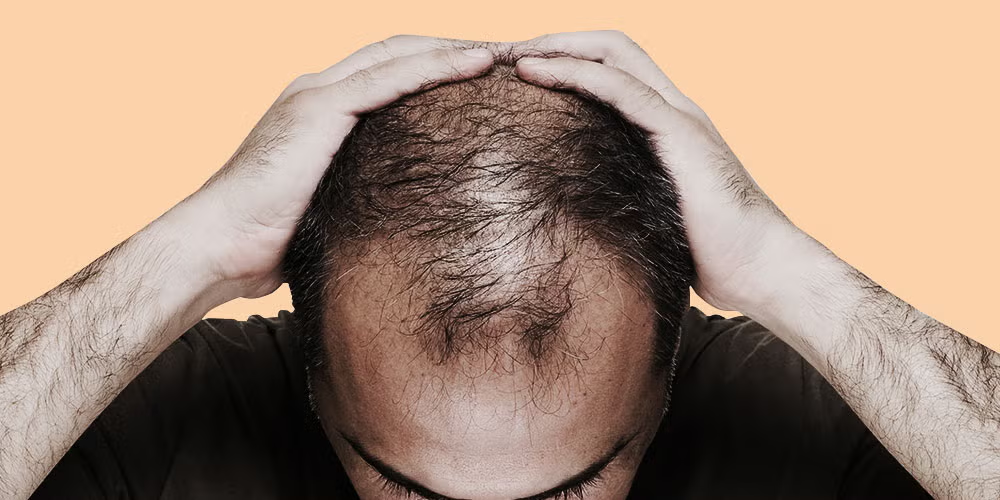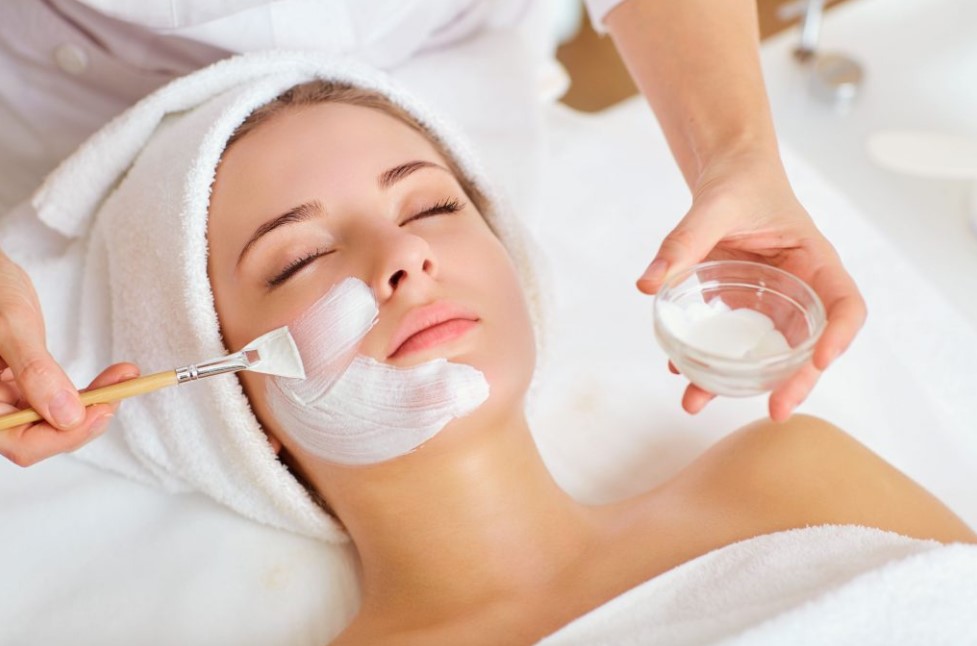
What Is Jaundice?
Ever noticed yellowing in your skin or eyes? This may not be simple fatigue — it could be jaundice, a warning sign that your liver or blood health is compromised.
This yellowing of the skin, eyes, and mucous membranes due to elevated bilirubin levels — a yellow pigment formed when red blood cells break down.
- Normal bilirubin: less than 1.0 mg/dl
- Jaundice: more than 3.0 mg/dl
You can find these values in your CBC or blood profile report.
How Jaundice Develops
When red blood cells break down, they release hemoglobin, which turns into bilirubin. Normally, your liver processes bilirubin and sends it to the intestines for removal.
However, if the liver is damaged, bile ducts are blocked, or red blood cells are destroyed too quickly, bilirubin builds up — turning your skin and eyes yellow.
The Science Behind the Yellow
When red blood cells die, they release hemoglobin, which breaks down into bilirubin. Your liver filters this bilirubin, mixes it into bile, and sends it to the intestines to be excreted.
But when:
•The liver is overwhelmed or damaged
•There’s a blockage in the bile ducts
•Red blood cells are being destroyed too fast Bilirubin builds up in the blood, turning your body yellow.
Global Perspective
In developed nations, bile duct blockage and certain medications are common causes.
In developing countries, infections like malaria, hepatitis, typhoid, and leptospirosis are leading culprits.
Types of Jaundice
1. Pre-Hepatic (Hemolytic) Jaundice
- Cause: Excessive breakdown of red blood cells
- Examples: Malaria, hemolytic anemia
- Clue: Increased unconjugated bilirubin
2. Hepatic Jaundice
- Cause: Damage to liver cells
- Examples: Hepatitis, cirrhosis, alcohol-induced liver disease
- Clue: Mixed bilirubin levels (conjugated & unconjugated)
3. Post-Hepatic (Obstructive) Jaundice
- Cause: Blocked bile flow
- Examples: Gallstones, pancreatic cancer
- Clue: Increased conjugated bilirubin, pale stools, dark urine
Common Symptoms of Jaundice
Yellow skin and eyes
Dark urine
Pale stools
Fatigue
Itching (common in bile duct blockage)
Abdominal pain
Jaundice in Newborns
Mild yellowing of the skin is common in newborns and usually resolves naturally. However, very high bilirubin levels can cause kernicterus, a dangerous brain condition.
How Is Jaundice Diagnosed?
Doctors don’t just rely on the yellow tint — they dig deeper:
•Liver function tests (LFTs): AST(normal upto 45), ALT(upto 56), ALP Level(25 – 100 IU/L)
•Serum bilirubin levels (direct & indirect)
•Ultrasound/CT scan of liver and bile ducts
•CBC for hemolysis or infection
•Viral hepatitis markers
•Bleeding time, Clotting time, Coagulation profile, vit. K defficiency
Treatment – Focus on the Cause
- Infections: Antibiotics or antivirals
- Bile duct blockage: Surgery or ERCP
- Newborn yellowing of the skin: Phototherapy or blood exchange
- Drug-induced damage: Stop offending medication
Can You Prevent Jaundice?
•Avoid excess alcohol
•Get vaccinated against Hepatitis A and B
•Use clean needles and safe blood transfusions
•Eat a balanced diet and maintain a healthy weight
•Wash hands and drink safe water
Jaundice Isn’t Always Liver!
•Gilbert’s Syndrome – increase in unconjugated bilirubin(<3mg/dl). Appears when fasting, stress, heavy exercise, fever illness etc.
•Crigler najjar syndrome appears in infants(increase in UC bilirubin>20 mg/dl)
•Dubin jhonson syndrome – increase in conjugated bilirubin, lives in latent phase but aggravated when infection occurred in body. Liver turns black on autopsy.
•Hemolytic anemia – destroys red blood cells faster than the liver can handle
•Drug-induced liver injury – caused by common meds like paracetamol in overdose!
Fun Fact: Sometime yellowness of skin doesn’t mean yellowing of the skin it can also from the ingestion of an excessive amounts of vegetables and fruits such as carrots, leafy vegetables, squash, peaches, and oranges that contain carotene.
In medical : yellowness can arise from Carotinoderma, drugs such as quinacrine, sunitinib, and sorafenib; and excessive exposure to phenols.
yellowing of the skin is more than just a cosmetic yellow – it’s your body waving a giant red (or yellow) flag. Don’t ignore it. Whether you’re a medical student, a curious reader, or someone feeling off — stay informed, stay alert, and trust your liver!
FAQs about Jaundice
Q1: Can yellowing of the skin be cured permanently?
It depends on the cause. Infections can be cured, but chronic liver diseases require long-term management.
Q2: How long does yellowing of the skin last?
Mild cases can resolve in 1–2 weeks. Severe cases may take longer.
Q3: Is jaundice always due to liver problems?
No, it can also result from red blood cell breakdown or bile duct blockage.
External Links
- World Health Organization – Jaundice Overview
- CDC – Hepatitis & Liver Health
- Mayo Clinic – Jaundice Causes & Symptoms
- NHS UK – Jaundice in Adults & Newborns
- American Liver Foundation – Liver Health

